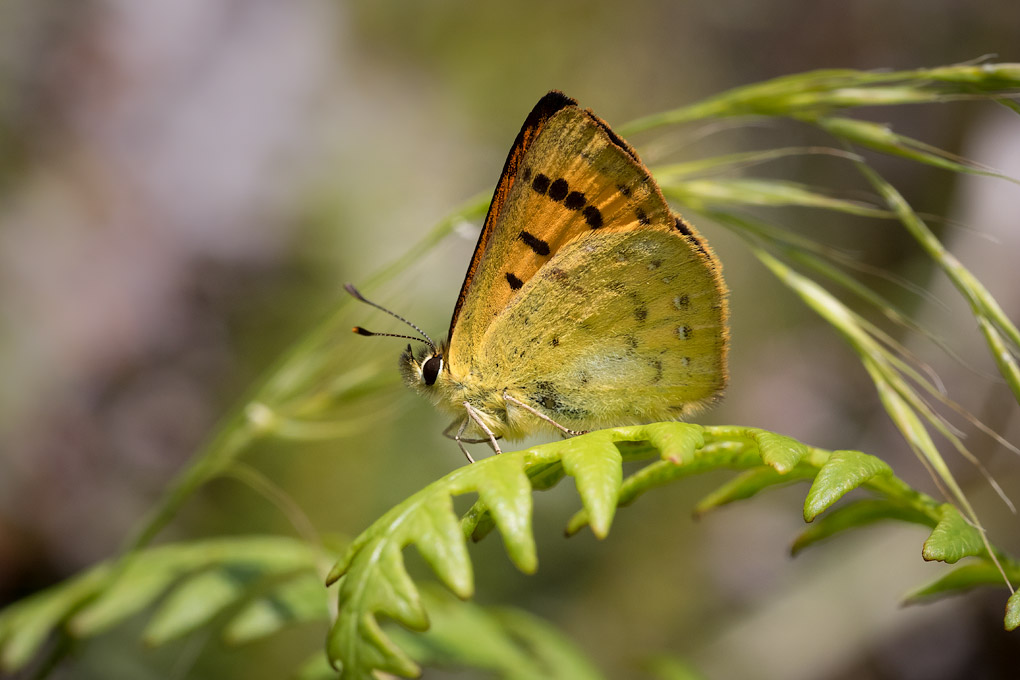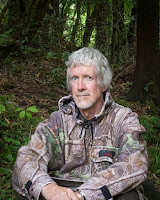
I have several assemblages (I hesitate to call them colonies) of these peculiar spiders living in the
harakeke along the driveway. Groups of
Cyclosa trilobata spin their webs close together — very un-spider-like behaviour, given the tendency of most spiders to consider others of their species as either a potential mate or a meal. This female spinning her web (probably replacing it after heavy rain a short time earlier) lives in the largest of the groups I've noticed; estimating the number of spiders isn't easy but this comprises at least 14 and maybe 20 or more spiders.
The russet-and-yellow protuberance near the end of her abdomen is matched by another on the other side, and, with the 'tail', gives rise to the 'trilobata' ('three lobes') part of the name. When she finished spinning she settled down in the middle of the web with her legs drawn up close to her body so she looked less like a spider and more like a piece of debris. The effect is enhanced by bundles of mashed-up corpses of prey attached to the axis of the web. For us, it's easy to work out which is the spider — the one in the middle — but for potential predators (birds, I guess), those ragged lumps might be confusing.
What's the reason for this semi-communal lifestyle? Getting to the spider in the middle of the confusion of webs might be difficult, so perhaps it's a defence mechanism? Perhaps that massive collection of webs increases the likelihood that passing prey will be snared? Perhaps it means a mate is never far away?
Whatever the reason, I know for sure they don't do it to fascinate me — yet that's the one thing I find myself NOT questioning.
[9 January 2014, Olympus OM-D EM-1, 60 mm f2.8 Macro , ISO 800, 1/250 at f8]
All content © 2014 Pete McGregor

















